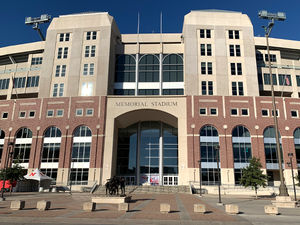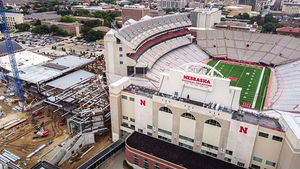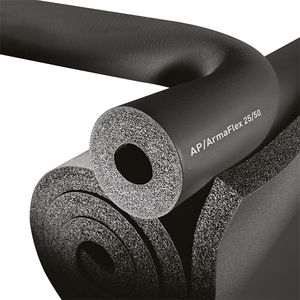 Athletic facilities and sport stadiums are essential to a school’s culture, community involvement, and student experience. They provide the thread that connects different groups and generations. For many of us our enthusiasm for sports had its beginnings in the stands. These stadiums are cornerstone facilities for fans and athletes that positively impact communities, so developing a sustainable sports building is a win-win for all.
Athletic facilities and sport stadiums are essential to a school’s culture, community involvement, and student experience. They provide the thread that connects different groups and generations. For many of us our enthusiasm for sports had its beginnings in the stands. These stadiums are cornerstone facilities for fans and athletes that positively impact communities, so developing a sustainable sports building is a win-win for all.
Building sustainably requires thoughtful design and innovative materials with enough flexibility to tackle multiple challenges and add value in unique ways. But even with the best design and materials, environmental impacts, budgets, tight timelines, and supply chain delays can all negatively impact a project’s success. To help ease these concerns knowledgeable contractors and engineers working on sports stadiums and athletic centers must think about energy costs and long-term payback. Plus, they must ensure game day success by meeting the needs of the athletes, and delivering enough comfort for attendees to return every season.

The University of Nebraska-Lincoln launched their “Go Big” construction project to create a new athletic facility housing the Nebraska football program. The $500 million project will provide convenience and benefits for all 600-plus Husker student-athletes and includes a new locker room, strength and conditioning center, athletic medicine facility, equipment room, meeting rooms, coaches’ offices, outdoor practice center, and mechanical rooms housing new HVAC and plumbing systems. These mechanical systems contain almost 3,000 linear feet of pipe, as well as cold and hot water tanks and vessels requiring superior thermal protection and efficiency. In keeping with sustainable design, contractors need to remember that insulation is the key to increased energy efficiency. When equipment is not properly insulated, energy is lost, costs increase, and there is risk for moisture ingress (which can cause corrosion under the insulation) or even system failure. Using a closed-cell insulation like ArmaFlex®, is a smart choice for immediate energy savings and a roughly one-year payback on installed costs.
 When Platte Valley Company, Inc. contractors were awarded the project they had confidence that Armacell’s AP/ArmaFlex closed-cell insulation would provide long-lasting thermal efficiency with very low maintenance. They successfully installed AP/ArmaFlex tubes and sheets on pipes and tanks to insulate mechanical systems. It was the easy-to-install choice and installers had confidence in its durability and longevity. Plus, it's also made with Microban® antimicrobial protection to resist mold and mildew growth and is GREENGUARD® Gold Certified to low emission standards with low VOCs and no off-gassing. These benefits protect indoor air quality making ArmaFlex a safe and reliable insulation solution that facilities can trust now and in the future.
When Platte Valley Company, Inc. contractors were awarded the project they had confidence that Armacell’s AP/ArmaFlex closed-cell insulation would provide long-lasting thermal efficiency with very low maintenance. They successfully installed AP/ArmaFlex tubes and sheets on pipes and tanks to insulate mechanical systems. It was the easy-to-install choice and installers had confidence in its durability and longevity. Plus, it's also made with Microban® antimicrobial protection to resist mold and mildew growth and is GREENGUARD® Gold Certified to low emission standards with low VOCs and no off-gassing. These benefits protect indoor air quality making ArmaFlex a safe and reliable insulation solution that facilities can trust now and in the future.
